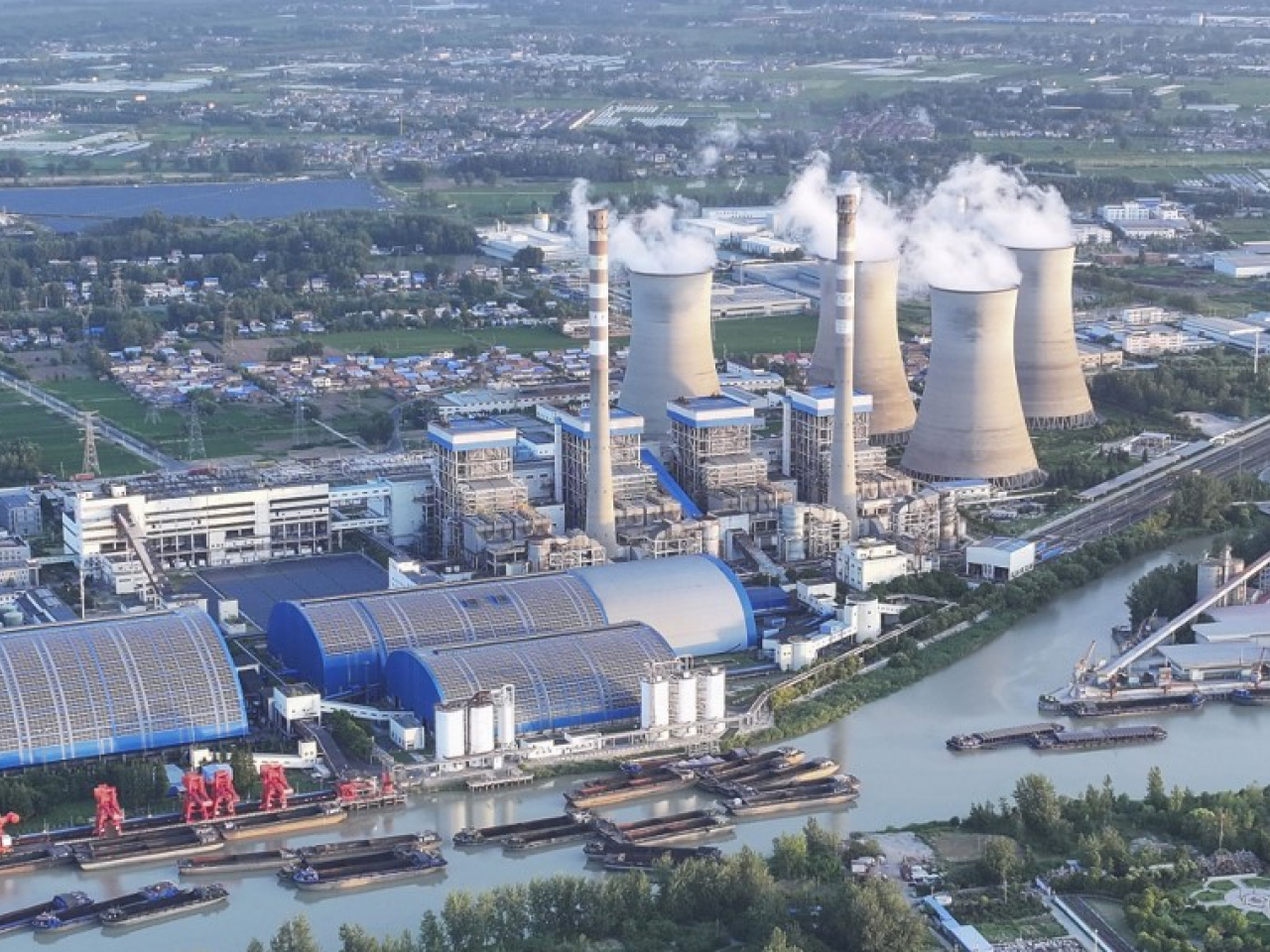China's CO2 emissions remained flat in the third quarter as power generation from solar energy surged and electric car use continued to grow, a study showed on Tuesday.
Emissions from the country have now been flat or falling for 18 straight months, said the analysis published by climate news specialist Carbon Brief.
"After the first three quarters of the year, China's CO2 emissions in 2025 are now finely balanced between a small fall or rise, depending on what happens in the last quarter," said Lauri Myllyvirta, lead analyst at the Centre for Research on Energy and Clean Air.
"A drop in the full-year total became much more likely after September, which recorded an approximately three percent drop in emissions year-on-year," said Myllyvirta, who is also a senior fellow at the Asia Society Policy Institute.
The new analysis, which is based on official Chinese data, comes as the UN's COP30 climate conference kicked off in Brazil on Monday.
"While an emission increase or decrease of one percent or less might not make a huge difference in an objective sense, it has heightened symbolic meaning," Myllyvirta said.
"China's policymakers have left room for emissions to increase for several more years, leaving the timing of the peak open," he added.
Emissions from the power sector, China's dominant source of CO2, remained flat in the third quarter despite strong demand for electricity, Myllyvirta said.
Electricity generation from solar energy rose 46 percent while wind grew 11 percent compared with the same period last year.
Emissions from transport fuel dropped by five percent, with declines also in cement and steel production.
Oil demand and emissions grew elsewhere by 10 percent as the production of plastics and other chemicals surged, the analysis found.
In September, China issued its first-ever absolute targets for cutting planet-warming gases.
Under the new plan, the country will reduce economy-wide emissions by seven to 10 percent by 2035 relative to the year of its peak emissions, believed to be 2025.
China had previously pledged to peak its carbon output before 2030 and achieve carbon neutrality by 2060, without ever previously setting near-term numerical targets for total emissions reductions. (AFP)





